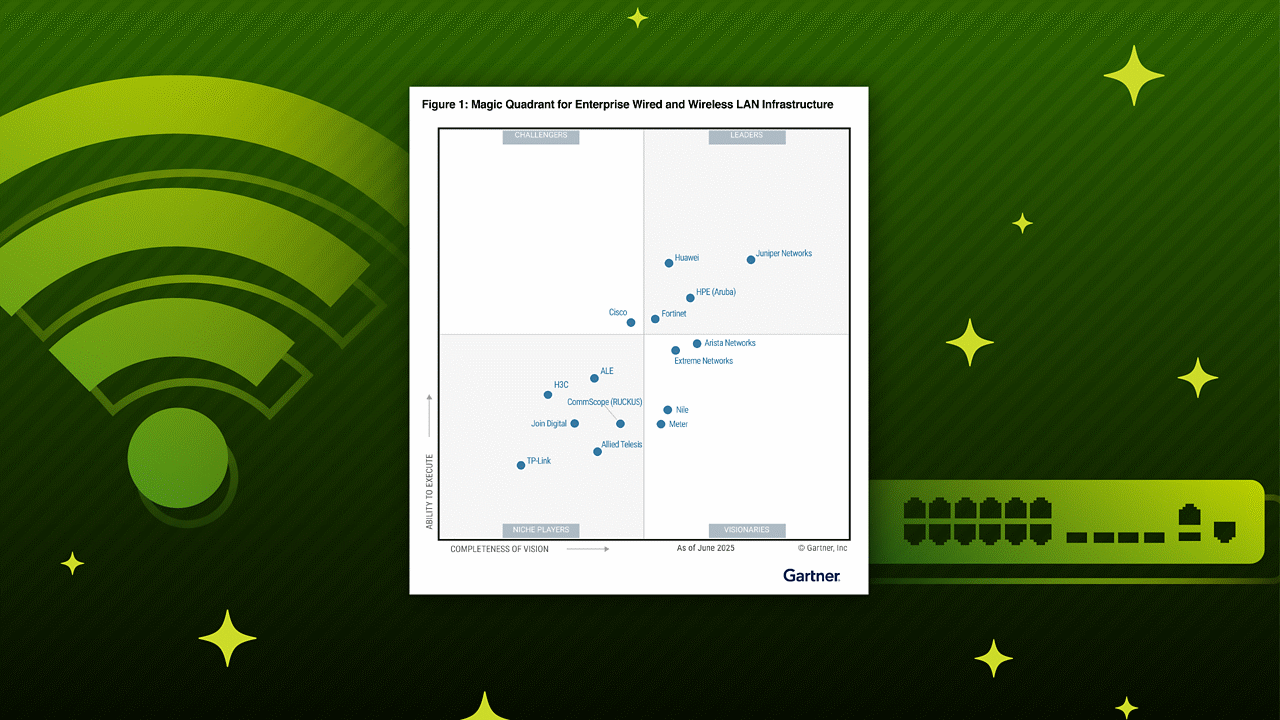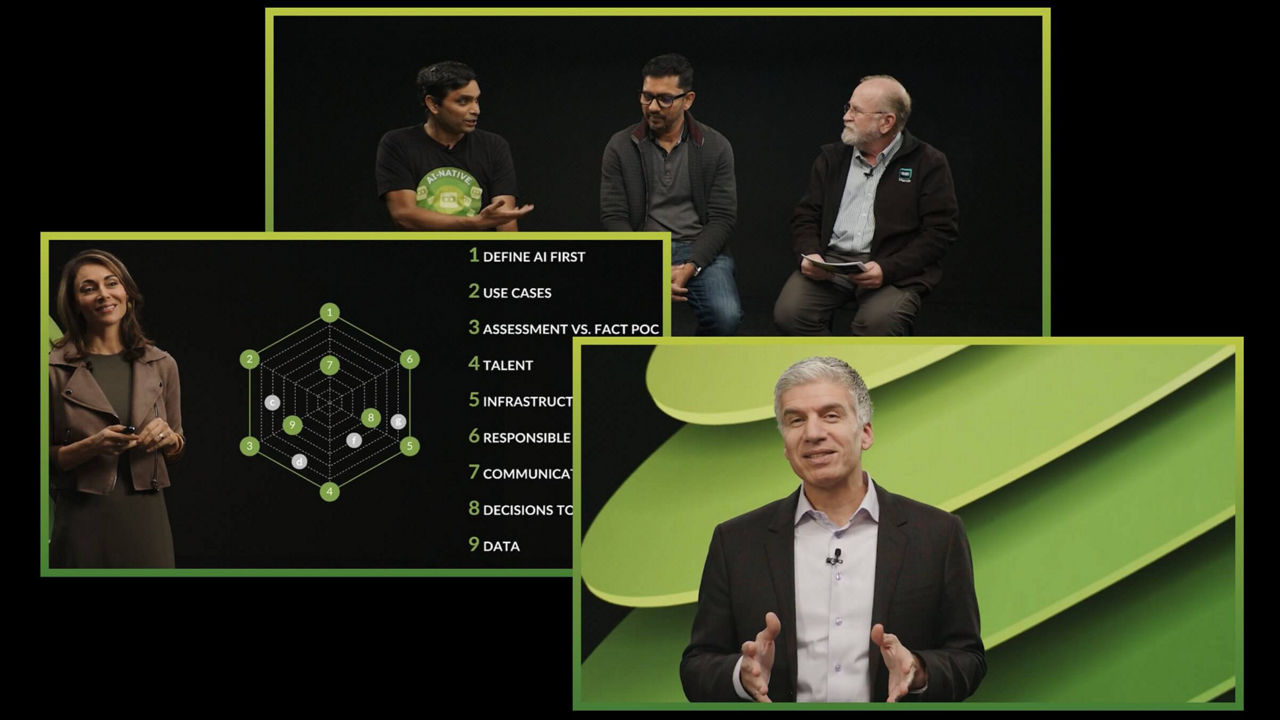- play_arrow Overview
- play_arrow How Class of Service Manages Congestion and Defines Traffic Forwarding Behavior
- How Class of Service Manages Congestion and Controls Service Levels in the Network
- How CoS Applies to Packet Flow Across a Network
- Junos CoS Components Used to Manage Congestion and Control Service Levels
- Mapping CoS Component Inputs to Outputs
- Default Junos CoS Settings
- Packet Flow Through the Junos CoS Process
- Configuring Basic Packet Flow Through the Junos CoS Process
- Example: Classify all Traffic from a Remote Device with Fixed Interface-Based Classification
- Example: Configure DiffServ for IPv6
-
- play_arrow Configuring Platform-Specific Functionality
- play_arrow Configuring Class of Service on ACX Series Universal Metro Routers
- CoS on ACX Series Routers Features Overview
- DSCP Propagation and Default CoS on ACX Series Routers
- Configuring CoS on ACX Series Routers
- Classifiers and Rewrite Rules at the Global, Physical, and Logical Interface Levels Overview
- Applying Classifiers and Rewrite Rules at the Global, Physical, and Logical Interface Levels
- Applying DSCP and DSCP IPv6 Classifiers on ACX Series Routers
- Schedulers Overview for ACX Series Routers
- Shared and Dedicated Buffer Memory Pools on ACX Series Routers
- CoS for PPP and MLPPP Interfaces on ACX Series Routers
- CoS for NAT Services on ACX Series Routers
- Hierarchical Class of Service in ACX Series Routers
- play_arrow Configuring Class of Service on MX Series 5G Universal Routing Platforms
- Junos CoS on MX Series 5G Universal Routing Platforms Overview
- CoS Features and Limitations on MX Series Routers
- Configuring and Applying IEEE 802.1ad Classifiers
- Scheduling and Shaping in Hierarchical CoS Queues for Traffic Routed to GRE Tunnels
- Example: Performing Output Scheduling and Shaping in Hierarchical CoS Queues for Traffic Routed to GRE Tunnels
- CoS-Based Interface Counters for IPv4 or IPv6 Aggregate on Layer 2
- Enabling a Timestamp for Ingress and Egress Queue Packets
- play_arrow Configuring Class of Service on PTX Series Packet Transport Routers
- CoS Features and Limitations on PTX Series Routers
- CoS Feature Differences Between PTX Series Packet Transport Routers and T Series Routers
- Understanding Scheduling on PTX Series Routers
- Understand Virtual Output Queues
- Example: Configuring Excess Rate for PTX Series Packet Transport Routers
- Identifying the Source of RED Dropped Packets on PTX Series Routers
- Configuring Queuing and Shaping on Logical Interfaces on PTX Series Routers
- Example: Configuring Queuing and Shaping on Logical Interfaces in PTX Series Packet Transport Routers
- Example: Configuring Strict-Priority Scheduling on a PTX Series Router
- CoS Support on EVPN VXLANs
- Understanding CoS CLI Configuration Statements on PTX Series Routers
- Classification Based on Outer Header of Decapsulation Tunnel
-
- play_arrow Configuring Line Card-Specific and Interface-Specific Functionality
- play_arrow Feature Support of Line Cards and Interfaces
- play_arrow Configuring Class of Service for Tunnels
- play_arrow Configuring Class of Service on Services PICs
- CoS on Services PICs Overview
- Configuring CoS Rules on Services PICs
- Configuring CoS Rule Sets on Services PICs
- Packet Rewriting on Services Interfaces
- Fragmentation by Forwarding Class Overview
- Configuring Fragmentation by Forwarding Class
- Configuring Drop Timeout Interval for Fragmentation by Forwarding Class
- Example: Configuring Fragmentation by Forwarding Class
- Configuring Rate Limiting and Sharing of Excess Bandwidth on Multiservices PICs
- play_arrow Configuring Class of Service on IQ and Enhanced IQ (IQE) PICs
- CoS on Enhanced IQ PICs Overview
- Calculation of Expected Traffic on IQE PIC Queues
- Configuring the Junos OS to Support Eight Queues on IQ Interfaces for T Series and M320 Routers
- Configuring Hierarchical Layer 2 Policers on IQE PICs
- Configuring Excess Bandwidth Sharing on IQE PICs
- Configuring Rate-Limiting Policers for High Priority Low-Latency Queues on IQE PICs
- Applying Scheduler Maps and Shaping Rate to Physical Interfaces on IQ PICs
- Applying Scheduler Maps to Chassis-Level Queues
- play_arrow Configuring Class of Service on Ethernet IQ2 and Enhanced IQ2 PICs
- CoS on Enhanced IQ2 PICs Overview
- CoS Features and Limitations on IQ2 and IQ2E PICs (M Series and T Series)
- Differences Between Gigabit Ethernet IQ and Gigabit Ethernet IQ2 PICs
- Shaping Granularity Values for Enhanced Queuing Hardware
- Configuring BA Classifiers for Bridged Ethernet
- Applying Scheduler Maps to Chassis-Level Queues
- Configuring CoS for L2TP Tunnels on Ethernet Interfaces
- Configuring Shaping on 10-Gigabit Ethernet IQ2 PICs
- Burst Size Configuration
- Configuring a CIR and a PIR on Ethernet IQ2 Interfaces
- Example: Configuring Shared Resources on Ethernet IQ2 Interfaces
- play_arrow Configuring Class of Service on 10-Gigabit Ethernet LAN/WAN PICs with SFP+
- play_arrow Configuring Class of Service on Enhanced Queuing DPCs
- Enhanced Queuing DPC CoS Properties
- Configuring Rate Limits on Enhanced Queuing DPCs
- Configuring WRED on Enhanced Queuing DPCs
- Configuring MDRR on Enhanced Queuing DPCs
- Configuring Excess Bandwidth Sharing
- Configuring Customer VLAN (Level 3) Shaping on Enhanced Queuing DPCs
- Configuring Simple Filters on Enhanced Queuing DPCs
- play_arrow Configuring Class of Service on MICs, MPCs, and MLCs
- CoS Features and Limitations on MIC and MPC Interfaces
- Dedicated Queue Scaling for CoS Configurations on MIC and MPC Interfaces Overview
- Verifying the Number of Dedicated Queues Configured on MIC and MPC Interfaces
- Scaling of Per-VLAN Queuing on Non-Queuing MPCs
- Increasing Available Bandwidth on Rich-Queuing MPCs by Bypassing the Queuing Chip
- Flexible Queuing Mode
- Multifield Classifier for Ingress Queuing on MX Series Routers with MPC
- Example: Configuring a Filter for Use as an Ingress Queuing Filter
- Ingress Queuing Filter with Policing Functionality
- Ingress Rate Limiting on MX Series Routers with MPCs
- Rate Shaping on MIC and MPC Interfaces
- Per-Priority Shaping on MIC and MPC Interfaces Overview
- Example: Configuring Per-Priority Shaping on MIC and MPC Interfaces
- Configuring Static Shaping Parameters to Account for Overhead in Downstream Traffic Rates
- Example: Configuring Static Shaping Parameters to Account for Overhead in Downstream Traffic Rates
- Traffic Burst Management on MIC and MPC Interfaces Overview
- Understanding Hierarchical Scheduling for MIC and MPC Interfaces
- Configuring Ingress Hierarchical CoS on MIC and MPC Interfaces
- Configuring a CoS Scheduling Policy on Logical Tunnel Interfaces
- Per-Unit Scheduling and Hierarchical Scheduling for MPC Interfaces
- Managing Dedicated and Remaining Queues for Static CoS Configurations on MIC and MPC Interfaces
- Excess Bandwidth Distribution on MIC and MPC Interfaces Overview
- Bandwidth Management for Downstream Traffic in Edge Networks Overview
- Scheduler Delay Buffering on MIC and MPC Interfaces
- Managing Excess Bandwidth Distribution on Static Interfaces on MICs and MPCs
- Drop Profiles on MIC and MPC Interfaces
- Intelligent Oversubscription on MIC and MPC Interfaces Overview
- Jitter Reduction in Hierarchical CoS Queues
- Example: Reducing Jitter in Hierarchical CoS Queues
- CoS on Ethernet Pseudowires in Universal Edge Networks Overview
- CoS Scheduling Policy on Logical Tunnel Interfaces Overview
- Configuring CoS on an Ethernet Pseudowire for Multiservice Edge Networks
- CoS for L2TP LNS Inline Services Overview
- Configuring Static CoS for an L2TP LNS Inline Service
- CoS on Circuit Emulation ATM MICs Overview
- Configuring CoS on Circuit Emulation ATM MICs
- Understanding IEEE 802.1p Inheritance push and swap from a Transparent Tag
- Configuring IEEE 802.1p Inheritance push and swap from the Transparent Tag
- CoS on Application Services Modular Line Card Overview
- play_arrow Configuring Class of Service on Aggregated, Channelized, and Gigabit Ethernet Interfaces
- Limitations on CoS for Aggregated Interfaces
- Policer Support for Aggregated Ethernet Interfaces Overview
- Understanding Schedulers on Aggregated Interfaces
- Examples: Configuring CoS on Aggregated Interfaces
- Hierarchical Schedulers on Aggregated Ethernet Interfaces Overview
- Configuring Hierarchical Schedulers on Aggregated Ethernet Interfaces
- Example: Configuring Scheduling Modes on Aggregated Interfaces
- Enabling VLAN Shaping and Scheduling on Aggregated Interfaces
- Class of Service on demux Interfaces
- Example: Configuring Per-Unit Schedulers for Channelized Interfaces
- Applying Layer 2 Policers to Gigabit Ethernet Interfaces
-
- play_arrow Configuration Statements and Operational Commands
Apply MPLS EXP Classifiers to Routing Instances
This topic shows how to apply MPLS EXP classifiers to routing instances.
When you enable VRF table labels and you do not explicitly apply a classifier configuration to the routing instance, Junos applies the default MPLS EXP classifier to the routing instance. For detailed information about VRF table labels, see the Junos OS VPNs Library for Routing Devices.
Table 1 show the default MPLS EXP classification table.
MPLS EXP Bits | Forwarding Class | Loss Priority |
|---|---|---|
|
|
|
|
|
|
|
|
|
|
|
|
|
|
|
|
|
|
|
|
|
|
|
|
At times, you might need to maintain the original classifier—for example with bridge
domains, where you neither want to configure a custom classifier for the routing
instance nor accept the default classifier. You can maintain the original MPLS EXP
classifier. To do so, apply the no-default option for the routing
instance. For example:
[edit class-of-service]
routing-instances routing-instance-name {
classifiers {
no-default;
}
}
Configure and Apply Custom MPLS EXP Classifiers to Routing Instances
For routing instances with VRF table labels enabled, you can override the default MPLS EXP classifier and apply a custom classifier to a routing instance.
The following procedure requires that you navigate various levels in the configuration hierarchy. For information about navigating the CLI, see Using the CLI Editor in Configuration Mode in the Junos OS CLI User Guide.
To apply a custom classifier to a routing instance:
Apply Global Classifiers and Wildcard Routing Instances
To apply a classifier to all routing instances:
Specify that the MPLS EXP classifier is for all routing instances.
content_copy zoom_out_map[edit class-of-service ] user@host# set routing-instances all classifiers exp classifier-name
For routing instances you associate with specific classifiers, Junos ignores the global configuration.
To use a wildcard to apply a classifier to all routing instances:
Include an asterisk (*) in the name of the routing instance.
content_copy zoom_out_map[edit]] user@host# edit class-of-service routing-instances routing-instance-name* user@host# set classifiers exp classifier-name
The wildcard configuration follows the longest match. If you include a specific configuration, it has precedence over the wildcard configuration.
Junos supports the wildcard * and the all keyword at the [edit
class-of-service routing-instances] hierarchy level but not at
the [edit routing-instances] hierarchy level.
If you configure a routing instance at the [edit routing-instances] hierarchy
level with, for example, the name vpn*, Junos treats
vpn* as a valid and distinct routing instance name. If
you then try to apply a classifier to the vpn* routing
instance at the [edit class-of-service routing-instances]
hierarchy level, Junos treats the vpn* routing instance
name as a wildcard. Thus all routing instances that start with
vpn and do not have a specific classifier applied
receive the classifier associated with vpn*.
This same behavior applies with the all keyword.
Note that the * wildcard must be appended to an instance name at these configuration
levels. The * wildcard is not a stand-alone substitute for the
all keyword.
Apply Global MPLS EXP Classifiers to Routing Instances
This example shows how to apply a global classifier to all routing instances and then override
the global classifier for a specific routing instance. For this example, we have
three routing instances: vpn1, vpn2, and
vpn3, each with VRF table label enabled. The classifier
exp-classifier-global is applied to vpn1
and vpn2 (that is, all but vpn3, which is
listed separately). The classifier exp-classifier-3 is applied
to vpn3.
The following procedure requires that you navigate various levels in the configuration hierarchy. For information about navigating the CLI, see Using the CLI Editor in Configuration Mode in the Junos OS CLI User Guide.
To configure a global classifier for all routing instances and override the global classifier for a specific routing instance:
Apply Classifiers by Using Wildcard Routing Instances
Configure a wildcard routing instance and override the wildcard with a specific routing instance.
For this example, we have three routing instances: vpn-red,
vpn-yellow, and vpn-green, each with VRF
table label enabled. The classifier exp-class-wildcard is
applied to vpn-yellow and vpn-green. The
classifier exp-class-red is applied to
vpn-red.
The following procedure requires that you navigate various levels in the configuration hierarchy. For information about navigating the CLI, see Using the CLI Editor in Configuration Mode in the Junos OS CLI User Guide.
To configure a wildcard routing instance and override the wildcard with a specific routing instance:
Verify the Classifiers Associated with Routing Instances
Purpose
Display the MPLS EXP classifiers associated with two routing instances:
Action
To verify the MPLS EXP classifiers associated with two routing instances, enter the following Junos CLI operational mode command:
user@host> show class-of-service routing-instances
Routing Instance : vpn1
Object Name Type Index
Classifier exp-default exp 8
Routing Instance : vpn2
Object Name Type Index
Classifier class2 exp 57507
Change History Table
Feature support is determined by the platform and release you are using. Use Feature Explorer to determine if a feature is supported on your platform.






















